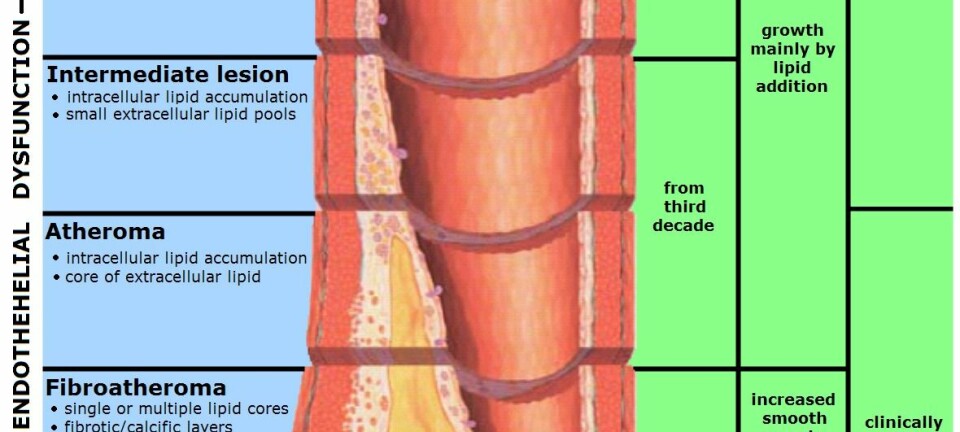
Seven new genetic causes of obesity identified
A comprehensive research project has discovered seven new flaws in the human genome that may cause obesity.
Genes play an important role in the recent global upsurge in obesity.
Now an international research partnership with more than 200 researchers has identified seven new sites on the human genome where tiny differences in the genomic structure affect the risk of obesity.
The study is based on population studies of more than 260,000 people.
”Using a new method for statistical analysis we have identified seven new loci on the human genome that appear to affect the risk of overweight and obesity. We can now add these seven loci to the just over fifty loci we already knew about,” says Professor Thorkild I. A. Sørensen, the director of the Institute of Preventive Medicine at Frederiksberg Hospital, Denmark, who represents the Danish contribution to the study.
The answer lies in obese people
In their study the researchers mapped the genome of 263,407 people. They then looked for genetic differences between the overweight participants and those whose weight is normal or below normal.
Finding these genetic variants, however, is in no way an easy task:
”It’s the equivalent of scanning for selected words in 260,000 book collections with three billion letters each, and then trying to find out in which book collections one single letter has been replaced by another one,” says Sørensen.
“That’s what this study has accomplished. Our next task is to try and understand the meaning of having this one letter replaced by another. That’s not an easy task.”
Genetic obesity is a great mystery
Even though more than 1.5 billion people all over the world are overweight, and half a billion are obese, the world’s scientists can only theorise about how our genes have caused the recent explosion in obesity.
“We are still far from an understanding of obesity works genetically,” says the researcher.
As early as in 2007 researchers identified the first ‘obesity gene’, known as the FTO gene (Fat mass and obesity-associated protein), but after having studied the FTO genes for six years, they are still not sure how this gene variant affects obesity. They do, however, know that people with FTO have an increased risk of obesity.
“That’s why it is important to carry out further studies like this one, where we work across borders and across disciplines,” he says.
“The seven newly-found gene variants do not provide the answer to the obesity mystery by themselves, but we researchers are like detectives who try to solve one of nature’s riddles, and here all clues are of importance. Ultimately, we hope it will all result in a greater understanding of how obesity works on the genetic level.”
Solution expected within ten years
This year marks Sørensen’s 40th anniversary as an obesity researcher.
He has now come to terms with the thought that the epidemic of obesity is unlikely to be fully understood in his professional lifetime.
He does, however, believe it is realistic to hope for a solution within the next ten years:
”At some point the answer will pop up all of a sudden and researchers will be saying: ’Wow! There it is’,” he says.
“But the answer does not lie in the seven genes we have just identified, nor in the more than 100 genes that we expect to identify in the coming years. We need to figure out what major event in human history since World War Two is responsible for the change in the conditions for obesity development that has resulted in so many more people being fat today than before. Here, all new discoveries make up single pieces in the larger puzzle that we’re all trying to solve.”
-------------------------
Read the Danish version of this article at videnskab.dk
Translated by: Dann Vinther












